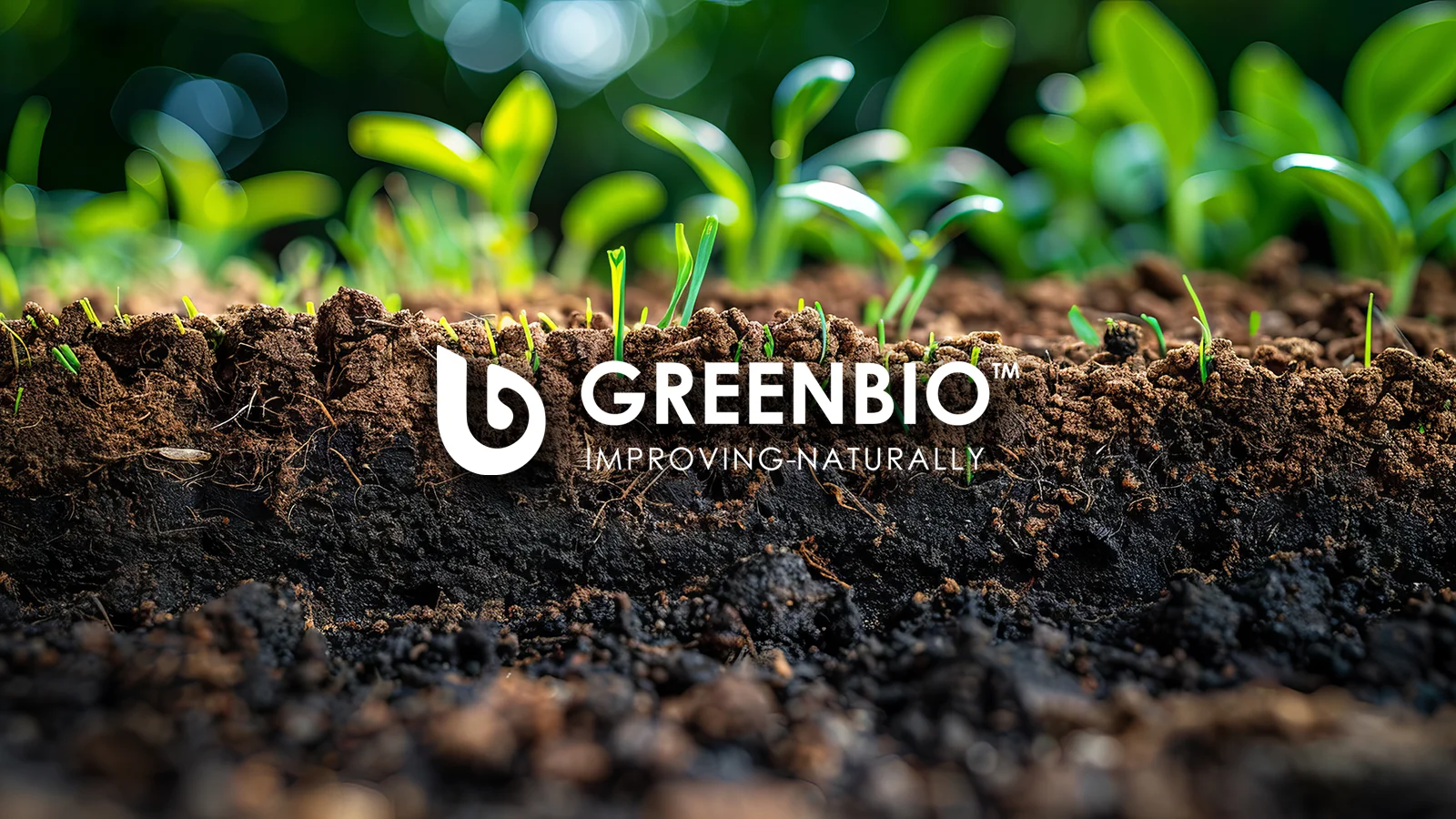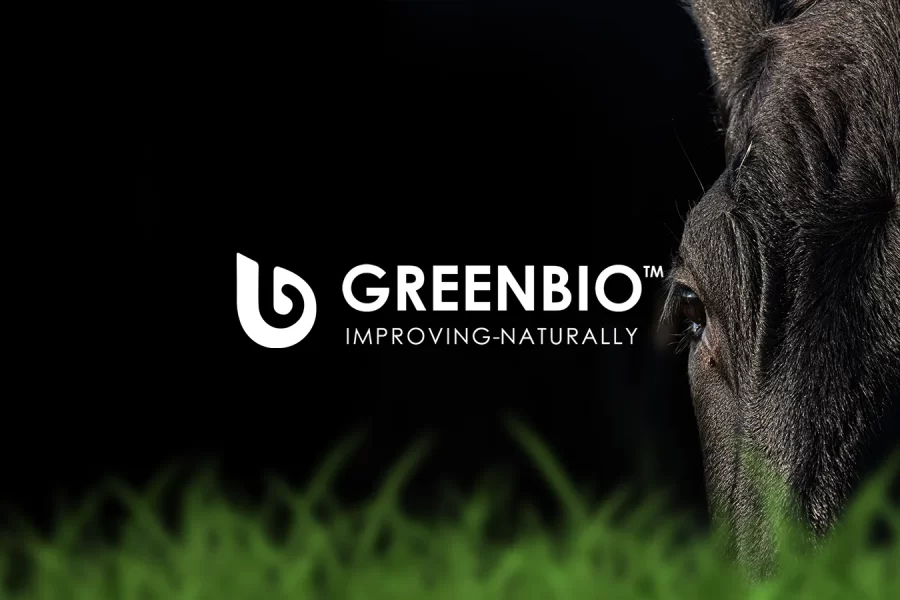Much has been written and spoken about the first five principles of soil health. Farmers that are implementing regenerative agricultural practices know the principles, but what they often lack is the knowledge of how to implement the principles on their own farms.
It is impractical to merely copy the practices of your next-door neighbour and hope for the same results. Your management style, your soil, your rainfall and your goals are very different from theirs.
So, where do you start?
No one knows the context (makeup, conditions etc.) of your farm as well as you do, especially if it is a family-owned farm that has been handed down through the generations. Without the institutional knowledge of your farm, gained over the years, a consultant, sales representative, scientist or academic would be hard-pressed to accurately determine the methods or measures you need to introduce so that you farm more productively.

We all agree that scientists and academics are very knowledgeable about the nature of a specific area or system, but science in general needs to be refined to a level where it is understood and can be measured. It is very seldom holistic, where systems are integrated into a single one-size-fits-all unit. If we take the modelling systems that are in place, for example where the effects of climate change are measured, one small error in calculation will compound over the years, inflating the magnitude of the disaster. This often leads to scaremongering tactics, so be very wary of believing every tale of doom without first checking the facts.
Nature is a wicked system. If it does not feed you, it wants to kill you.
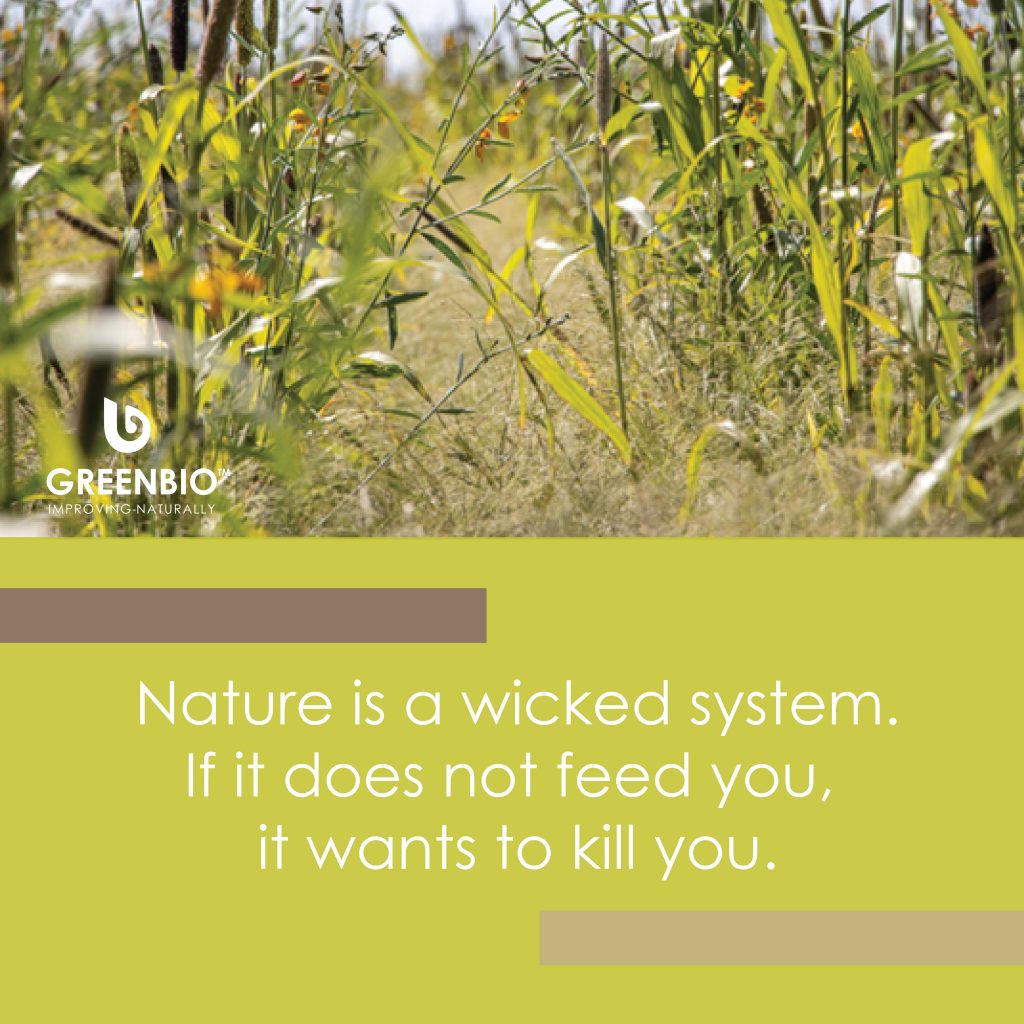
The WHY
We often look at how things are done without questioning why they are done. Asking the question why is important to clarify the reasons behind certain decisions. Why change over to a regenerative system? Why change a livestock production model that has proved sustainable over the last couple of decades? To fully comprehend your why, it is imperative for you to understand your goals.
Where do you want to be in the short, medium, and long term? What do you want to achieve?
Our goals change over the years, and a teenager’s goals are probably not what a forty-year-old would wish as a teenager anymore. And what a forty-year-old’s goals are today, will probably change when the forty-year-old is a sixty-year-old.
So, how does all this relate to a farming enterprise, especially a family farming enterprise?
What must a goal achieve so that the sixty-year-old does not regret what the twenty-year-old chose as a goal? We have all had goals, but they need to be adjusted over time because our circumstances change in so many ways. Life happens, and we must be able to adapt and work on challenges as they arise, but that does not mean your long-term goal must change so drastically.
Jim Collins in his book “Good to Great” talks about keeping the flywheel turning. It gains a momentum of its own but, if you change the direction every year, thinking you have found the new pot of gold, you start everything again, from scratch.
“The key to a successful agricultural enterprise is to find the advantage your area has over other regions of the country and capitalise on it” – Allan Nartin
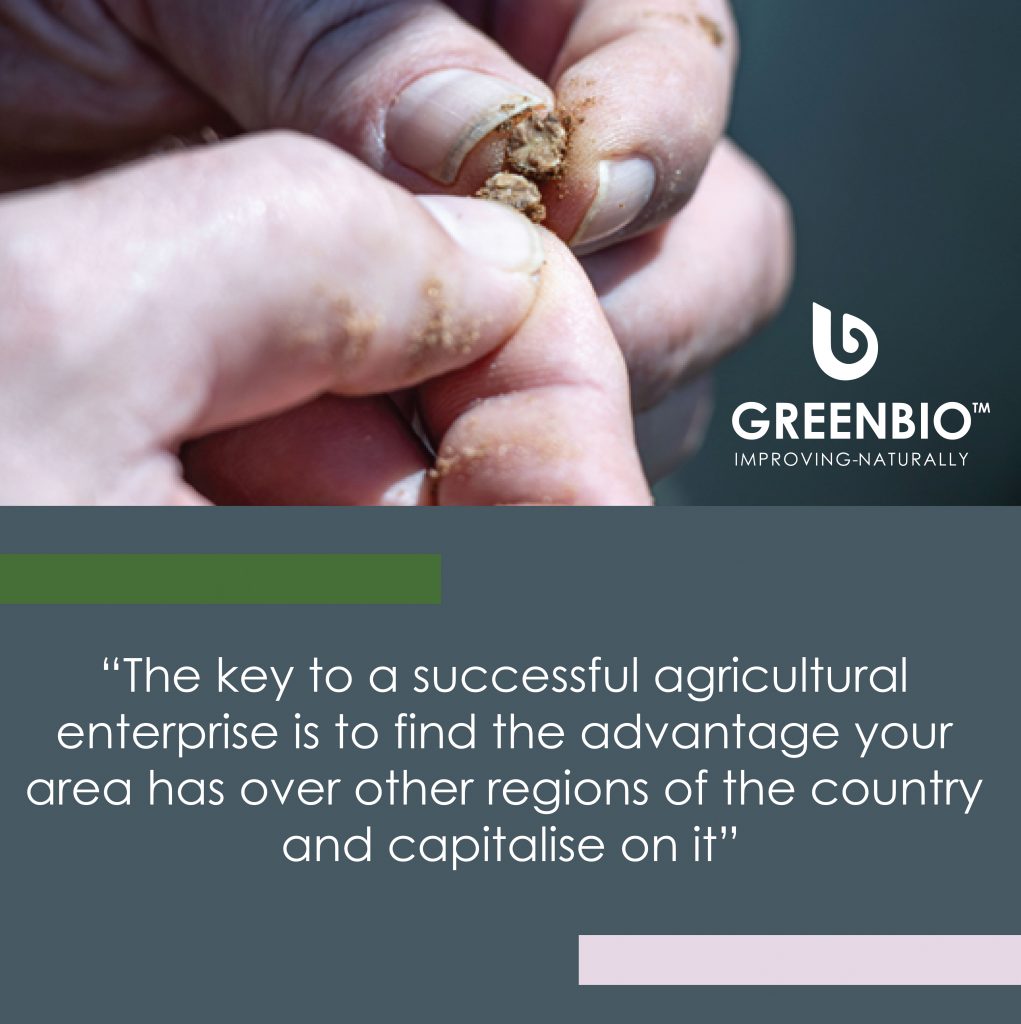
· family
· community
· environment
· money
· workers
The larger your influence the larger your circle becomes, until it grows to achieve provincial or even national status.
Changing your thought processes from having rights to having responsibilities changes your goal- setting mindset. If we as a nation recognise that a family, a community, and a country’s citizens have responsibilities rather than rights, then our mindset changes from what is good for me (entitlement) to what is good for everyone, then all of us benefit. Your level of influence will always be determined by the amount of responsibility you are able to shoulder. It is also suggested that IQ plays a role, as those with a higher IQ can generally shoulder more responsibilities. It is a shame that this does not happen. The consequence is we lose abilities that could really help make the country a better place. Instead, mediocracy is celebrated.
Your farm’s context is all important in your goal setting, and the context of every farm is different. Your goal setting is determined by your age, which cannot be denied, and that is one reason why it is crucial to understand your context.
An older person will have questions like: Who will inherit the farm? Is there somebody who wants to farm the land when I retire? What do I want to leave behind for my loved ones? Do I just want to sell the farm? How much change can I still effect on my children, on my farming enterprise, or even in the community?
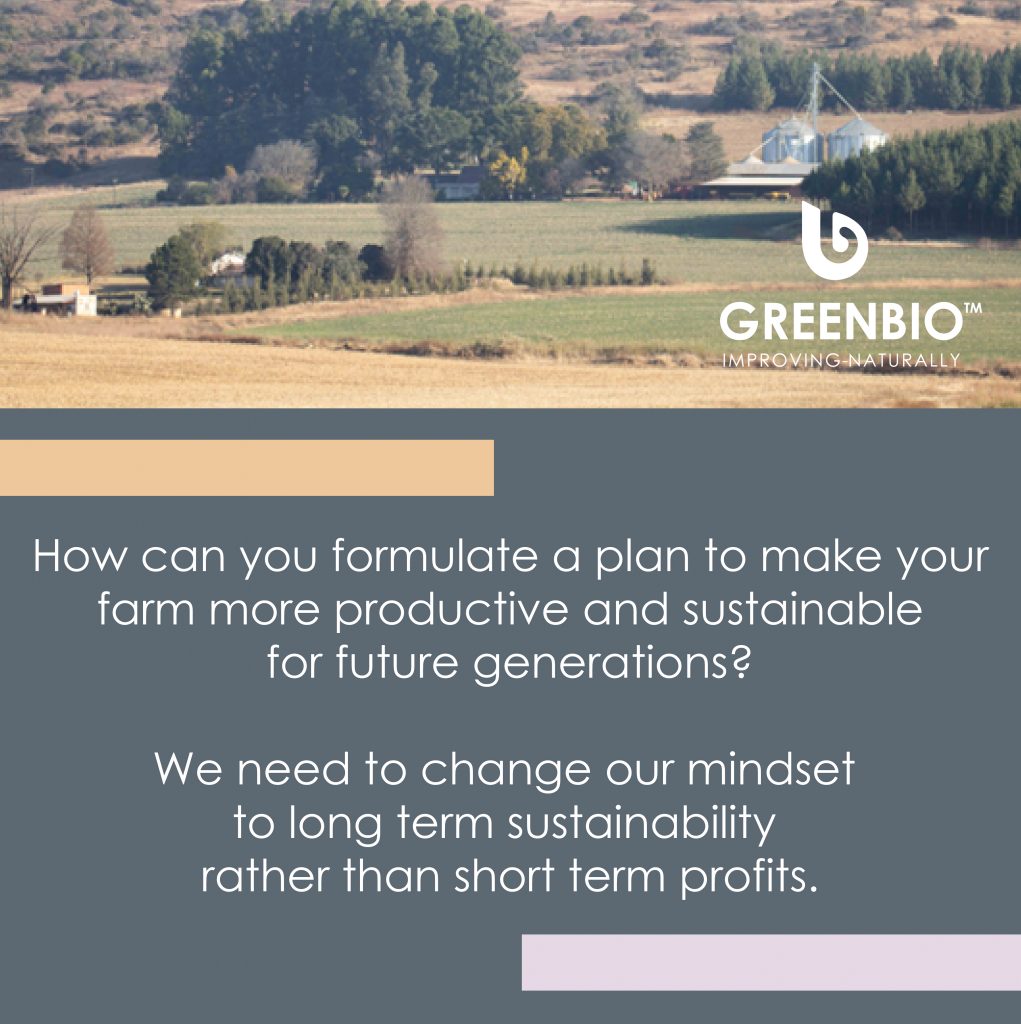
In Freiburg in Germany there was a bench with the following engraving: ‘The wood that is chopped today was planted by the great-grandfather and the trees that are planted today will be chopped by the great-grandson’. We need to change our mindset to long term sustainability rather than short term profits.
Having a family-owned farm that has been around for generations has certain advantages, like the institutional knowledge passed down through the years. But it can also have disadvantages, where the older generation won’t budge on management principles, saying ‘we’ve always done it this way’.
So, how can you formulate a plan to make your farm more productive and sustainable? And how can you regenerate your farm’s soil so that nutrient-dense products are produced, products that are both good for the environment and the consumer?
Understanding your WHY
Understanding your why has its challenges and aligning your goal with your why and, finally, with your how, takes time and research. It is time that would be well spent before life gets in your way, leaving you with no time to do it now, or ever because you’ve left it too late in your life. This quotation by Israelmore Ayivor says it all: “Success is not obtained overnight. It comes in instalments; you get a little bit today, a little bit tomorrow until the whole package is given out. The day you procrastinate, you lose that day’s success.”
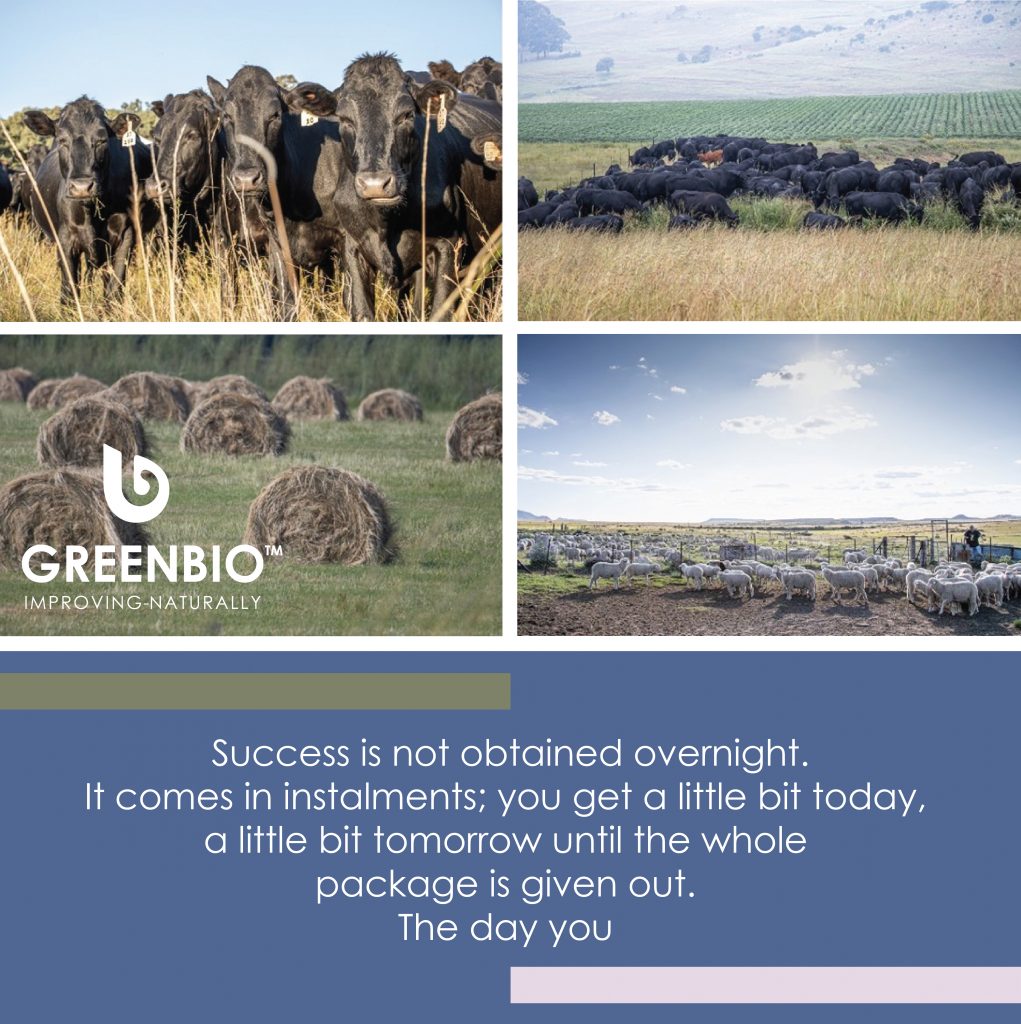
As Abraham Lincoln said, “You cannot escape the responsibility of tomorrow by evading it today.”
Consider the following points, which are becoming a frightening reality, now more than ever.
- input costs are rising
- the global shipping industry is in a crisis
- decades of chemical agriculture have degraded our soil biology so that we rely increasingly more on external inputs
- our livestock management has had a detrimental effect on our veld vigour — we are understocked and overgrazed
- yield!
- the consumer has access to the same information that the farmer has
- our weather patterns are changing.
How can we mitigate our risk to ever increasing input costs?
There is no one simple answer, and it depends entirely on your farm’s context. How can you minimise the risk on your farm so that you maintain a positive cash flow? Know what your farm’s advantage is and exploit it. But remember that every paradise has a snake. Know the snake but exploit your advantage.

In the east of South Africa there is generally enough rain to produce a cash crop. The higher input cost is mostly mitigated by the fact that there is always a yield from a harvest that will cover the costs. Even though the costs for purchasing the implements required for a no-till system seem huge, the costs will be covered over time by eliminating the diesel expense.
Stimulating and enhancing the soil biology will also improve the biological services that we get for free, rather than paying for the chemicals to supply the services. We have relied on chemistry to feed the soil for too long and have neglected the soil biology. We really need to understand the complexity of soil biology and how to promote and enhance its natural rejuvenation systems. There is not a single chemical product that can deliver the optimal biological results that are obtained when the five principles of soil health are implemented.
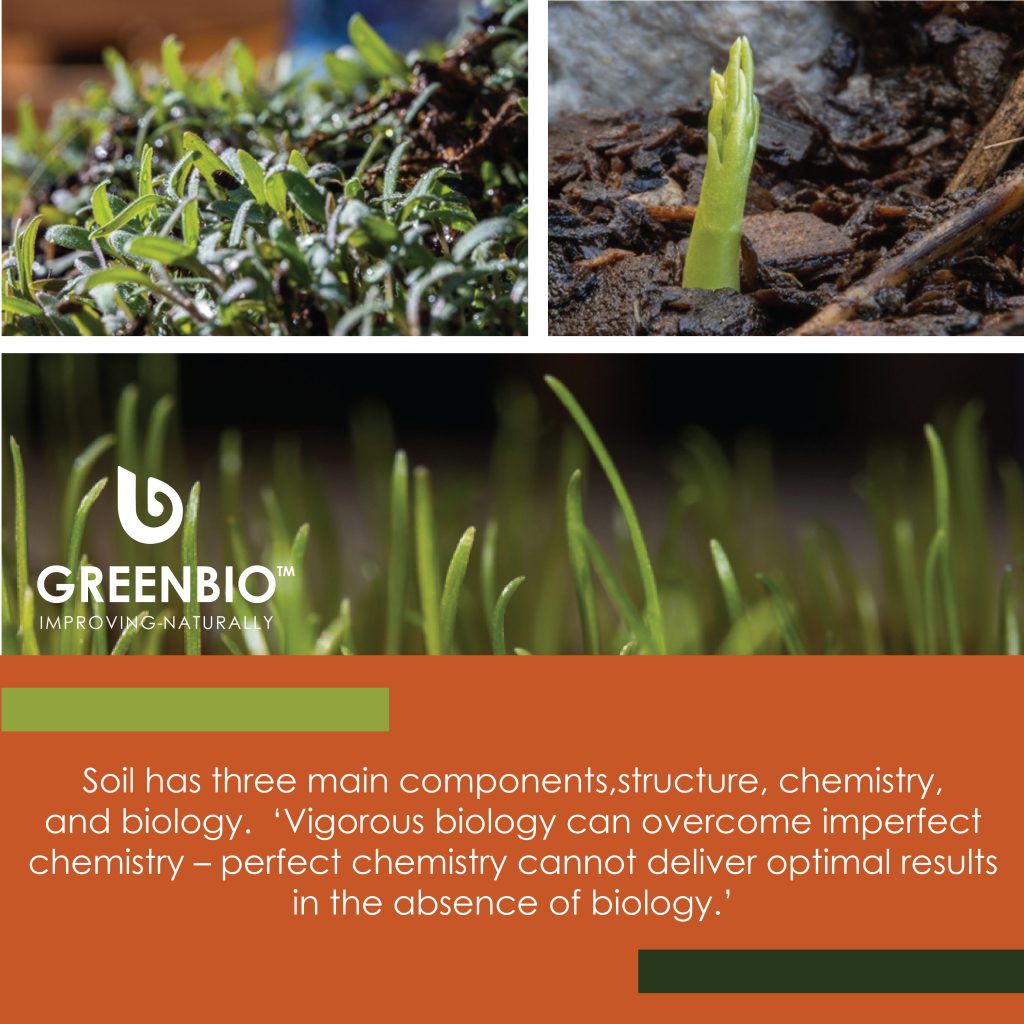
Soil has three main components, structure, chemistry, and biology. ‘Vigorous biology can overcome imperfect chemistry – perfect chemistry cannot deliver optimal results in the absence of biology.’
Trying to squeeze an avocado ripe is futile. We all know that ripening is a process that takes time. Just the same with soil biology, it is a process that takes time to rebuild. It also takes longer, and is more complex, to build the more brittle its environment becomes. It all boils down to the carbon in the soil – we are a carbon-based life form.
Thankfully there are two things that we still get for free and which our soil thrives on. They are sunlight and rain. Harvesting sunlight for photosynthesis and energy and ensuring that the rain penetrates your soil will enhance your soil biology. Don’t let the rainwater wash away your topsoil so it flows down to your neighbour’s farm.
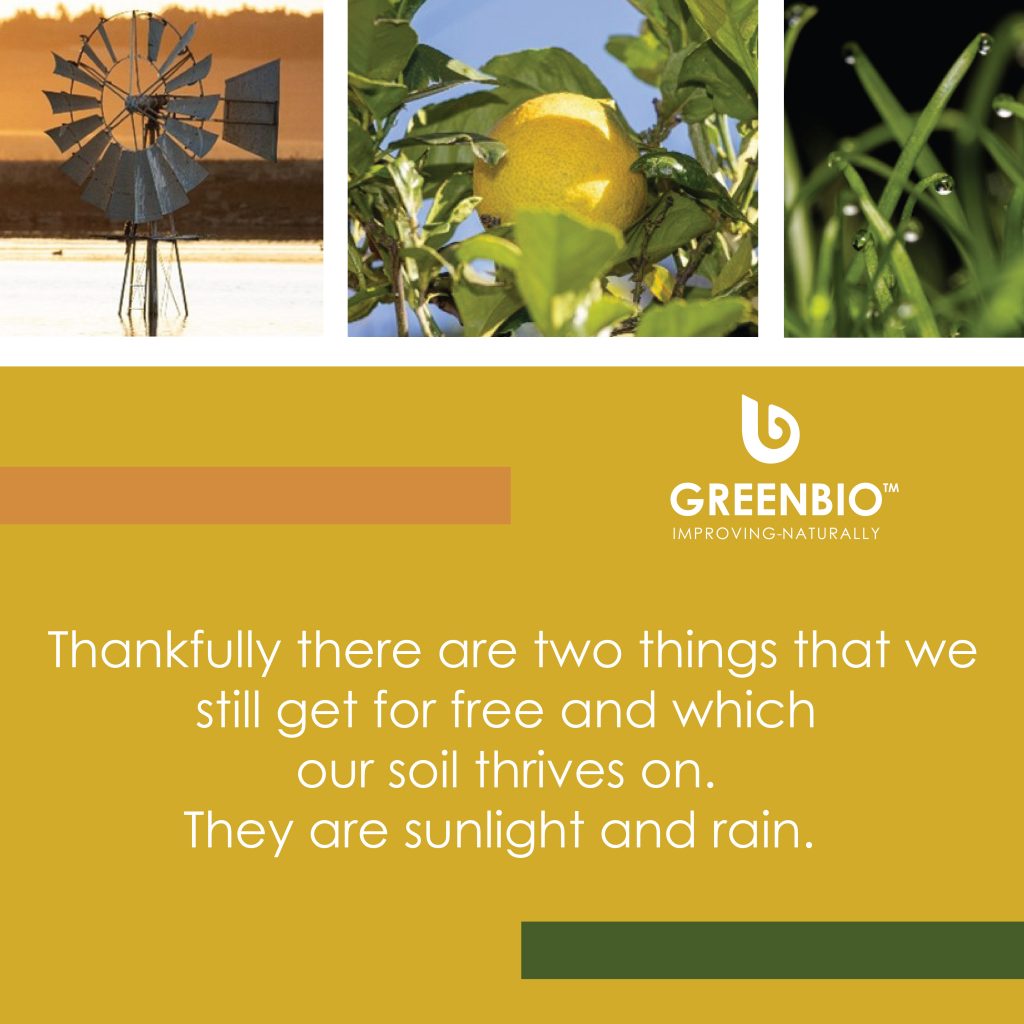
To highlight the complexity, a maize plant needs 42 minerals to function optimally. Currently, most farmers only give nitrogen (N), phosphorus (P) and potassium (K). The companies and farmers that are really on top of their game use 17 minerals, but this still falls short of the requirements.
Can cover crops live up to the promise of reducing inorganic fertiliser? The farmer will have to determine this for himself according to the soil’s requirements.
A number of cover crop combinations really work wonders, and an in-depth discussion with the cover crop companies and their technical staff would be beneficial. Don’t just plant a mix because your neighbour is planting that specific mix. His goal and what he wants to achieve is probably different from yours.
Remember that your cover crop must be aligned with your goal and your farm’s context. The mixes have various functions, so the in-depth discussion you have will centre around:
· animal feed
· cover
· living root (perennial)
· compaction
· mineral deficiencies
· stimulating soil biology – specifically mycorrhizal fungi.
We are normally in too much of a hurry, wanting to see results because we are now doing the right thing. Restoration takes time, but it is worthwhile and priceless. The return of diversity, the improvement in the robustness of the soil, and the overall improvement in the health of the environment, becoming a custodian of the land again, is what makes the journey enjoyable.
Understand your context and your why, and the how becomes so much easier. Nobody on the journey of regenerative agriculture has done everything 100% correctly all the time. We need to do, observe, adjust, and let the cycle start again. The principles are always the same, they don’t change, but the application of the principles can change drastically from farm to farm and from management style to management style.
There are experts in every field, be it planting cash crops, using all five principles of soil health (context excluded), to breeding programmes where animals that are really well adapted to their area are reared. Go to farmers’ days and listen to the experts — I am not talking about listening to a product sales pitch here, but the experts. Read, watch relevant YouTube channels, participate in pertinent social media chat groups where questions are asked and answered. We are all far better connected now than we were ever before, so use the platforms that are available to you, firstly to learn and, secondly, to teach and show what you are doing. We are all in this together and it is amazing what farmers are doing to improve their situation by observing, learning and applying a system according to the context of their farms.


